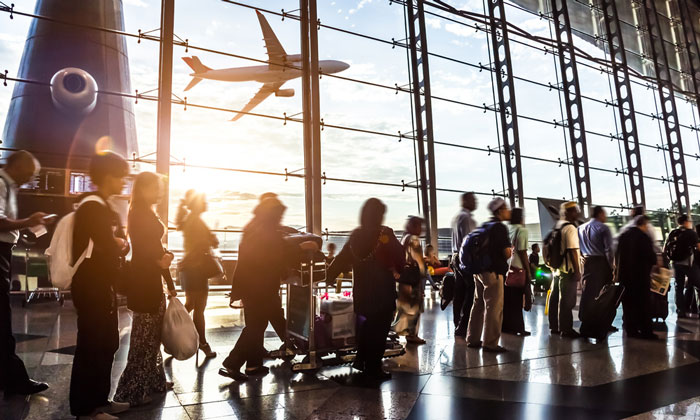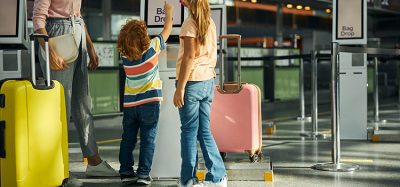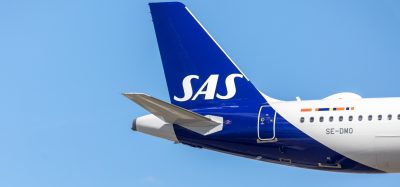Commercial Terminal Flow
- Like
- Digg
- Del
- Tumblr
- VKontakte
- Buffer
- Love This
- Odnoklassniki
- Meneame
- Blogger
- Amazon
- Yahoo Mail
- Gmail
- AOL
- Newsvine
- HackerNews
- Evernote
- MySpace
- Mail.ru
- Viadeo
- Line
- Comments
- Yummly
- SMS
- Viber
- Telegram
- Subscribe
- Skype
- Facebook Messenger
- Kakao
- LiveJournal
- Yammer
- Edgar
- Fintel
- Mix
- Instapaper
- Copy Link
Posted: 10 July 2018 | Johan Berhin | No comments yet
Passenger flows are increasing, and a general question among terminal managers is where to seat all these people…


The answer lies in modern terminal flow thinking: changing how seating is used to generate good business and a better passenger experience. Keflavik International Airport has made changes that accommodate the rise in passengers and keep people with time on their hands in and around the commercial areas.
“We managed to keep passengers much longer in the commercial area and believe that was a great factor in sales increase”, says Gunnhildur Vilbergsdóttir, commercial manager at Keflavik International Airport.
At Iceland’s Keflavik International Airport, all passengers departing from Iceland enter an indoor market square surrounded by lovely shops. The whole commercial area was redesigned in 2015 but because of lack of space, there was not much common seating available. Therefore, up until recently, many passengers scurried past this commercial area, heads down, and arrived at the gate early. The result? Crowded gates and lower sales in the shops, as well as the cafés and restaurants.
Changes were made to the square this summer. The goal was to make it a pleasant place to linger while seating many more people and lightening the load at the gates and food & beverage area. Since Iceland is a destination of outstanding natural beauty, another goal was to make a sense of nature felt throughout the airport.
Seamless seating for a sense of place
The sense of place was created with seating of natural materials chosen with a mixture of the colours of Icelandic lava, stone, ice and soil – and with organically flowing lines in grand shapes. The seating shapes are in scale with the room, catching the eye and making an unmistakable impression. In airports, this also has a place-specific commercial impact.
Seating density in the commercial area
Another benefit of seamlessly flowing seating lines is higher seating density, so there are always seats available. “It was also a big plus that it was possible to add tables and still keep the same number of seats on the area. We see a lot of passengers sitting down with food when the restaurant areas are full”, says Gunnhildur at Keflavik.
Commercial effect
People feel invited to sit – and here comes another commercial effect, seen at Keflavik and elsewhere. When people have a pleasant place to catch their breath, organise their luggage, make sure everyone has their passports and boarding cards, their stress dissipates. They feel good and their minds are able to take in their surroundings – to the joy of the shops, cafés and restaurants.
Trends from shopping centres
In the past, commercial areas and shopping centres offered very little seating other than in cafés and restaurants. The theory was that this would encourage people to consume. Research has now shown that free, easy-access seating in common areas has positive impact on people – and increases sales. The approach has now been adopted by shopping centres and commercial terminal areas all over the world. Sitting down for a moment lets people de-stress, giving them a chance to realise they have time after all and remember things they need to buy.


















